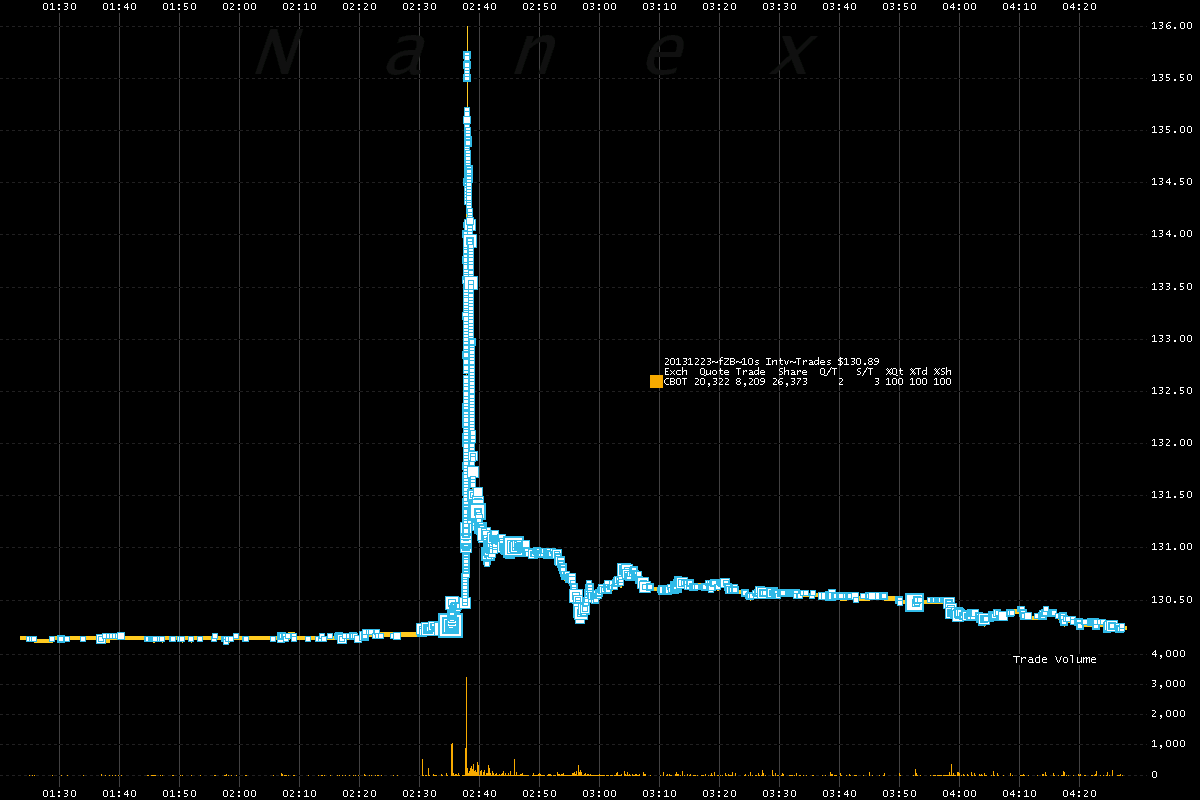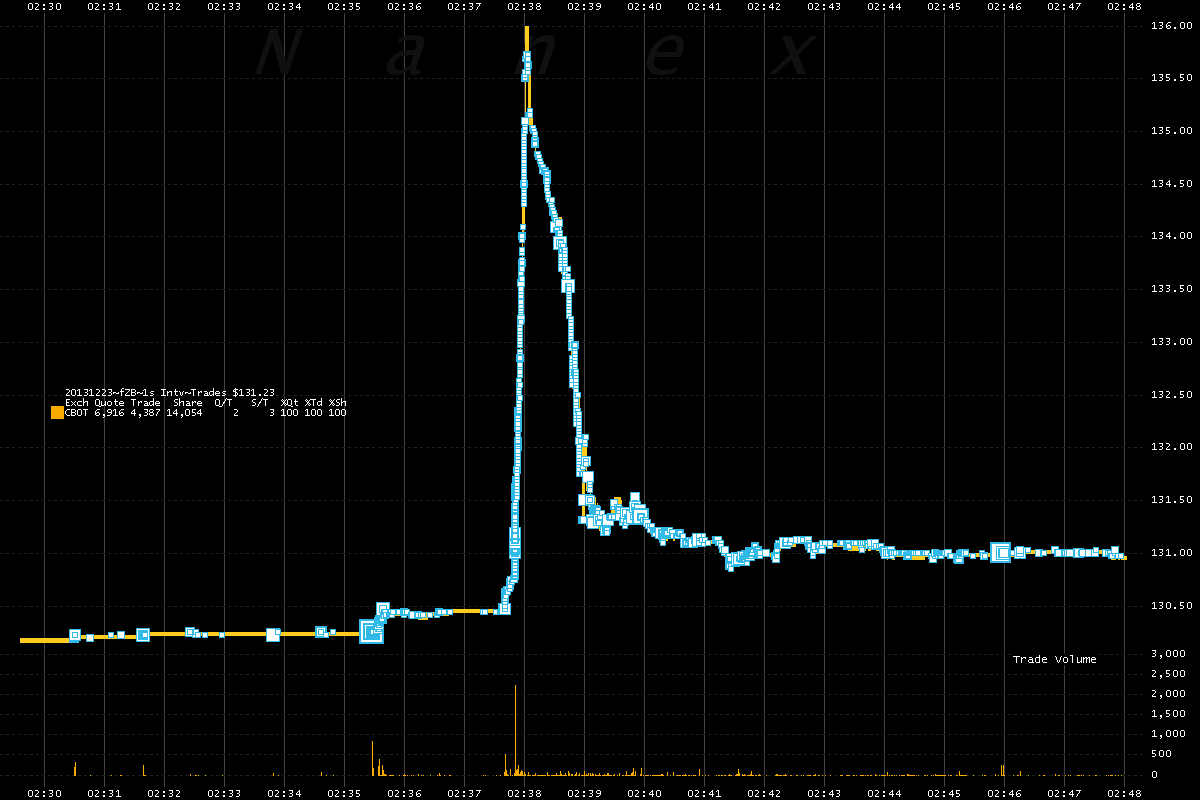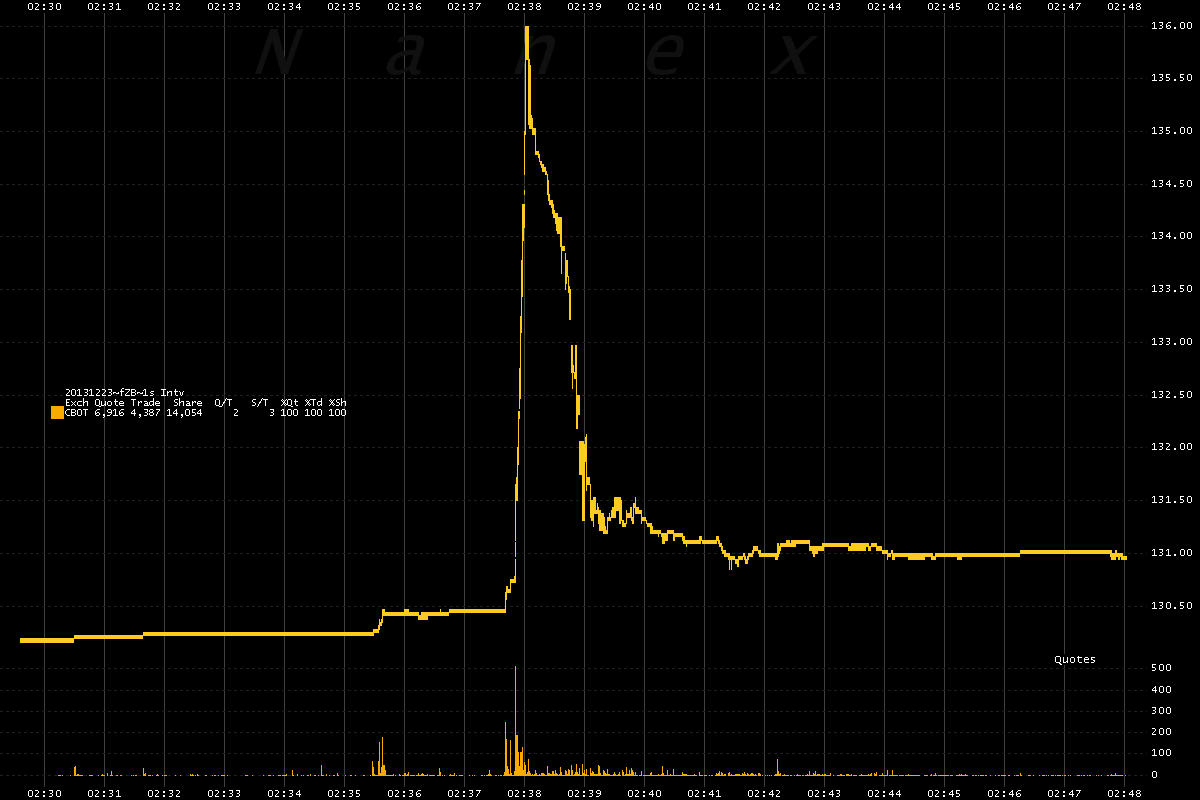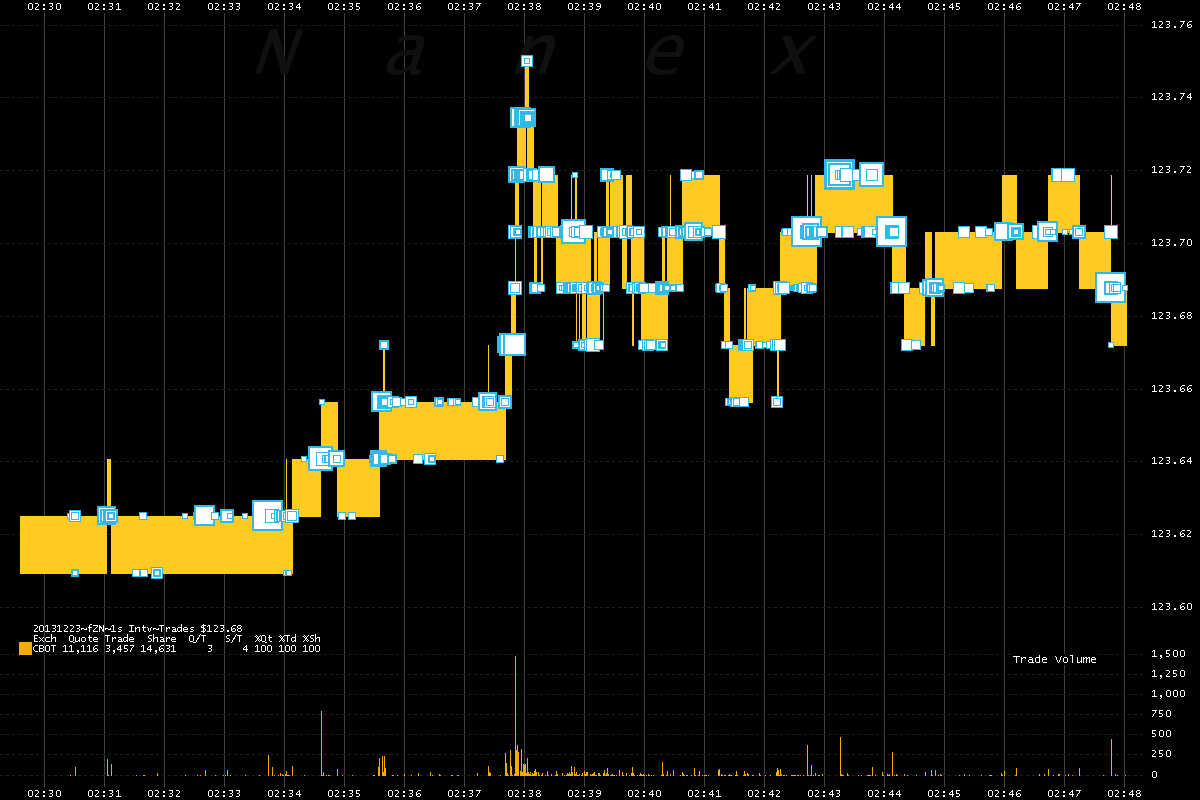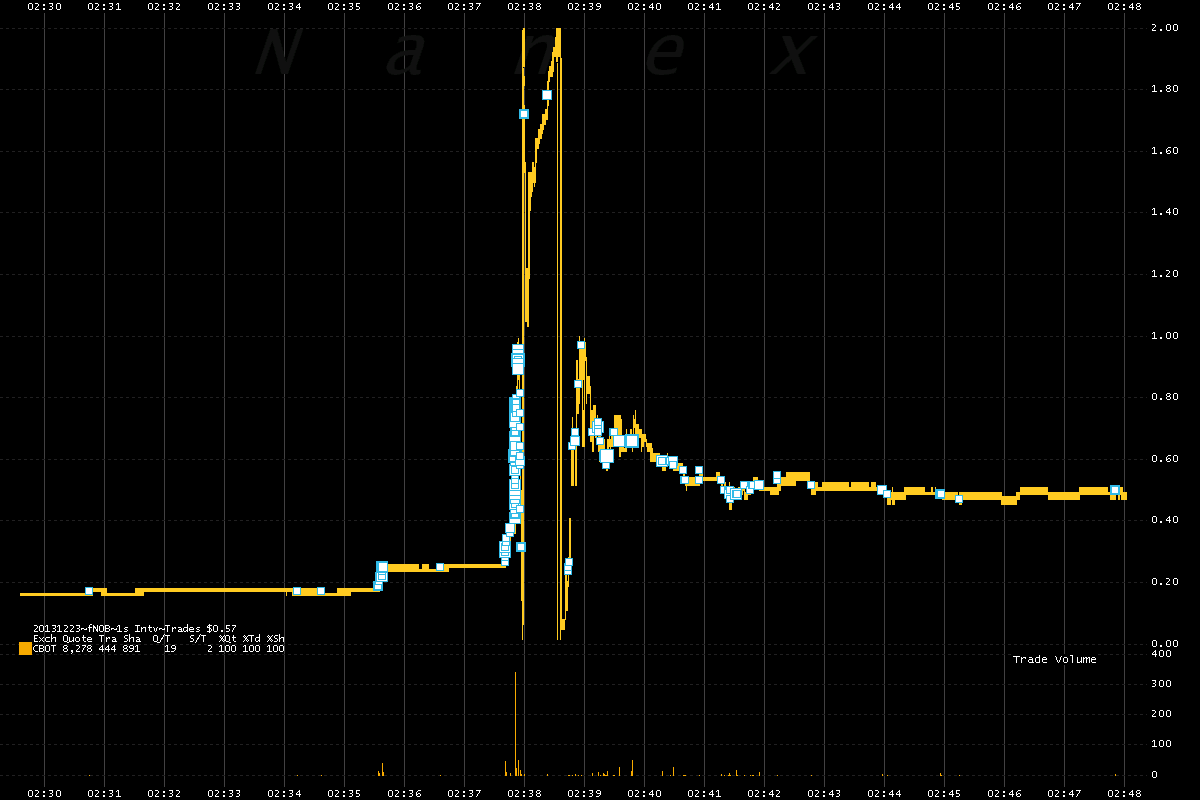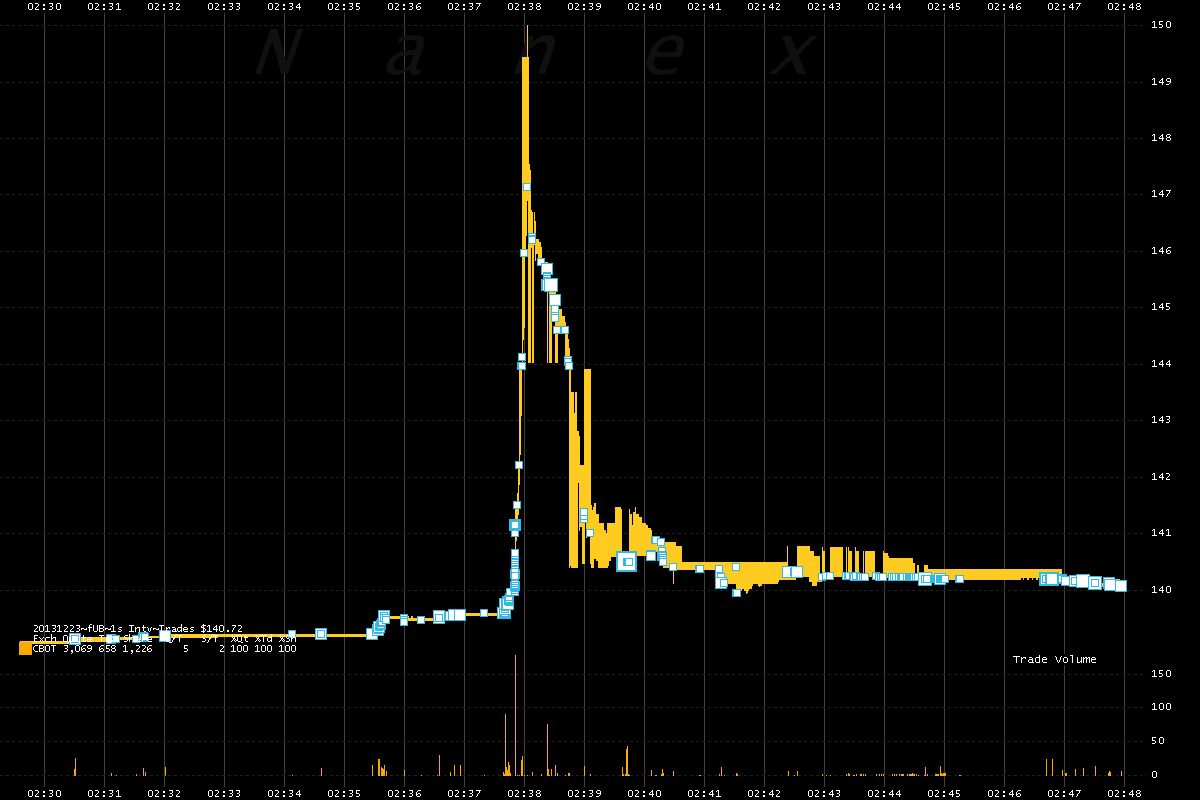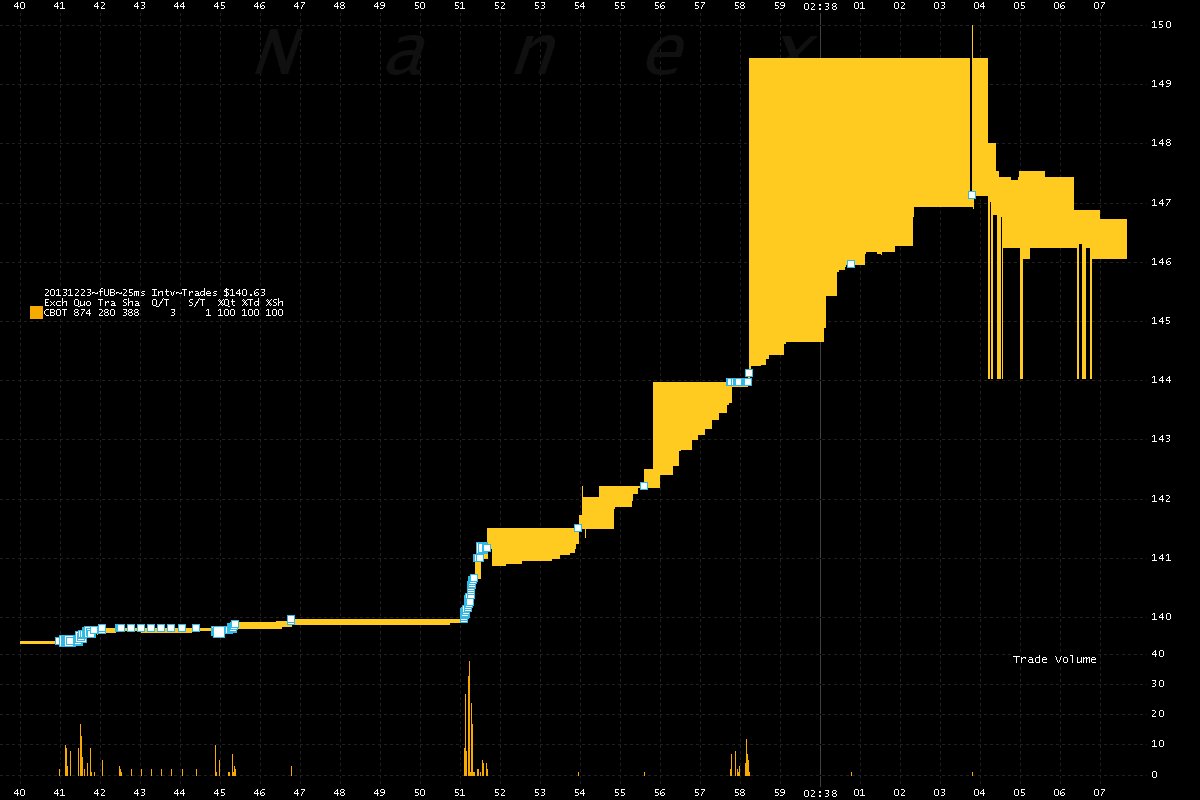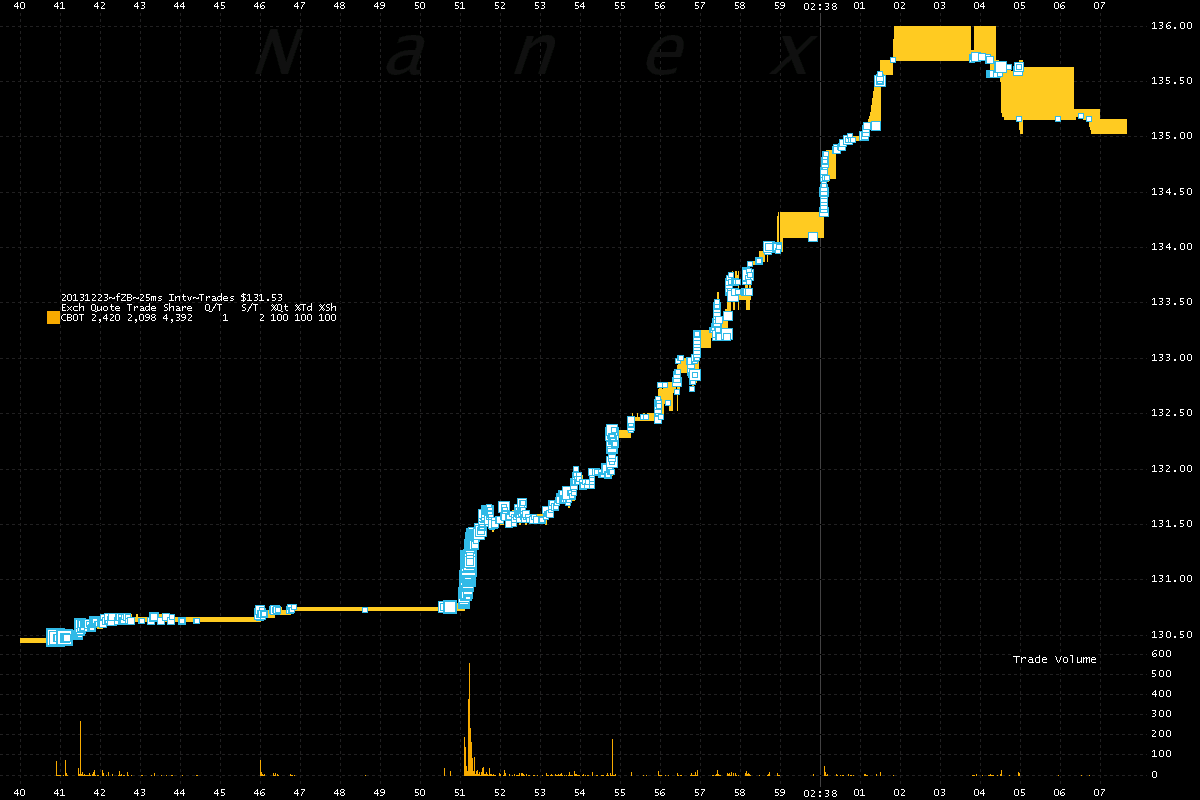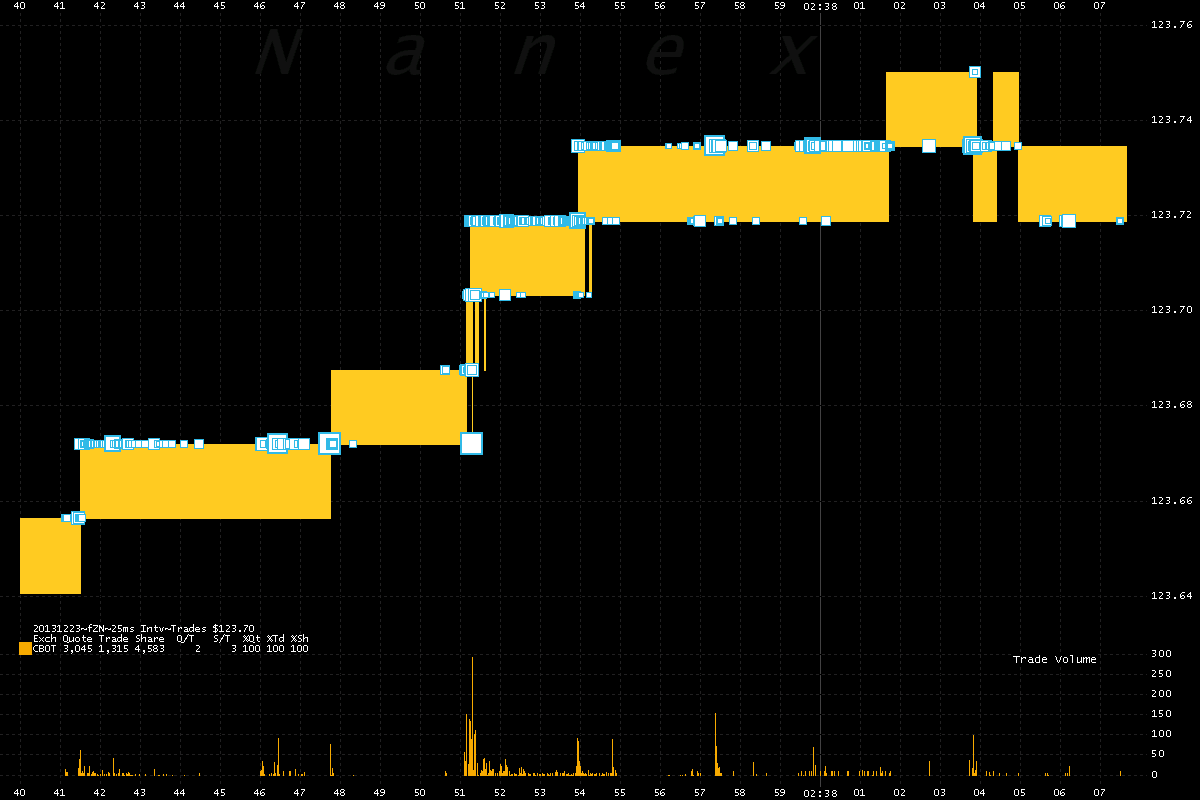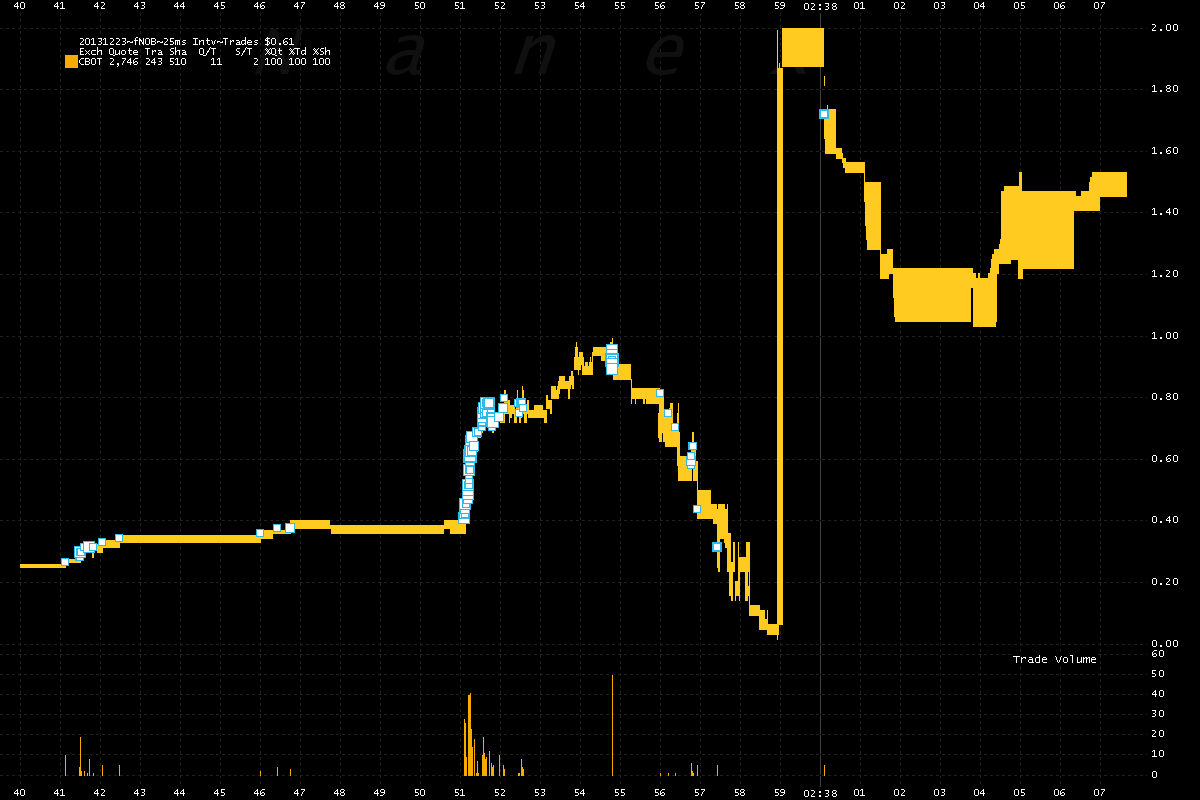While global currency wars have esclataed over the last 4 years (as we noted here), the potential return to fund outflows triggered by the Fed taper, combined with higher demand for funds ahead of Chinese New Year, means there will be continued pressure for China’s money market rates to stay high heading into January. With China’s reform and rate liberalization plans, it seems 2014 may be the year of the Taper Wars.
None of this should come as a big surprise (given we covered the debt problem is great detail here)… but bringing us up to date on the impact of the Fed’s tapering and liquidity flows, WSJ reports,
Analysts said the short-term cash injection didn’t help the underlying problem of banks struggling with funding, in part because the injections go to bigger banks and the funding problems are mostly at midsize and smaller lenders. “It’s mostly meant to prevent financial institutions from suffering an exhaustion of their cash supply, but it doesn’t represent an easing in funding conditions,” said Wu Sijie, senior analyst at Guangfa Bank.
…
During the squeeze in June, there were rumors that a bank had defaulted on a loan to another bank, but no bank admitted it. However, ahead of its initial public offering in Hong Kong last week, China Everbright Bank disclosed in its prospectus that two of its branches failed to pay 6.5 billion yuan of interbank loans due on June 5. Everbright Bank said it had the cash on hand to repay the loans, but a failure by its branches to tell headquarters that they were short meant the bank was unable to cover the loans before the end of the day.
and Bloomberg’s Tom Orlik,
The beginning of the end of QE3, marked by the U.S. Federal Reserve’s decision to taper its purchases of bonds, could trigger a reversal in China’s capital flows and compound the year-end cash crunch. China’s money market rates pushed above 7 percent Thursday. That conjured flashbacks of June’s liquidity squeeze and forced the People’s Bank of China to wade into the market with a liquidity injection. As of Friday early afternoon, conditions remained tight.
The year-end cash crunch is unexpected because December typically sees massive inflows of cash from the spend-down of fiscal deposits, which approached a trillion yuan in previous years. Capital inflows from September through November, tracked by Bloomberg’s new China Estimated Capital Flow index {CNNMHTMY Index <GO>}, should also have improved liquidity conditions.
Against that backdrop, the current squeeze is a reminder of stressed conditions in China’s financial sector. Chinese banks now rely more on the interbank market for funding because of increased competition for deposits — the result of bottom-up interest rate liberalization and pressure from rolling over non-performing loans.
The central bank retains enormous resources to prevent a liquidity squeeze from turning into something more severe. The PBOC sits on about twenty trillion yuan of reserve deposits, which could be released into the system.
At the same time, the PBOC also wants to tamp down credit growth, and teach banks to manage liquidity without relying on the central bank’s eleventh-hour interventions. A complex market in which big banks attempt to manipulate the system to get higher returns on their excess deposits adds to the difficulty and increases the chance of missteps.
Cross-border capital flow is a key factor affecting China’s interbank market. Inflows add to liquidity and push rates down. Outflows can add stress as funds exit the market.
To track those flows, Bloomberg has created the China Estimated Capital Flow index. The monthly series takes the sum of FX purchases by banks and change in FX deposits as total flows into the country. Netting out the monthly trade and direct investment balances provides an estimate of portfolio flows.
With a current account surplus and controlled capital account, China does not suffer from the volatility introduced into other emerging markets by international capital flows. Still, over the course of 2013, the index illustrates the impact the Fed’s policies have on China’s capital flows and on the mainland’s money markets.
In May and June, the suggestion of a taper in the Fed’s asset purchases saw rates in the U.S. rise. That triggered a sharp reversal for China’s cross border flows, with an exodus of capital contributing to the spike in money market rates. Since September, the delay in U.S. tightening seems to have stimulated a return of capital inflows.
A potential return to fund outflows triggered by the Fed taper, combined with higher demand for funds ahead of Chinese New Year, means there will be continued pressure for China’s money market rates to stay high heading into January.
A far-reaching commitment to reform by China’s leaders has buoyed confidence in the outlook for 2014 and beyond. December’s surge in rates is a reminder that there’s no easy fix for an over-extended financial system. Necessary shifts such as interest rate liberalization can add to the pressure. With rates high, credit growth is likely to decelerate, and equities may extend their lackluster run into the New Year.
![]()
via Zero Hedge http://feedproxy.google.com/~r/zerohedge/feed/~3/h75-mXGbh4M/story01.htm Tyler Durden











